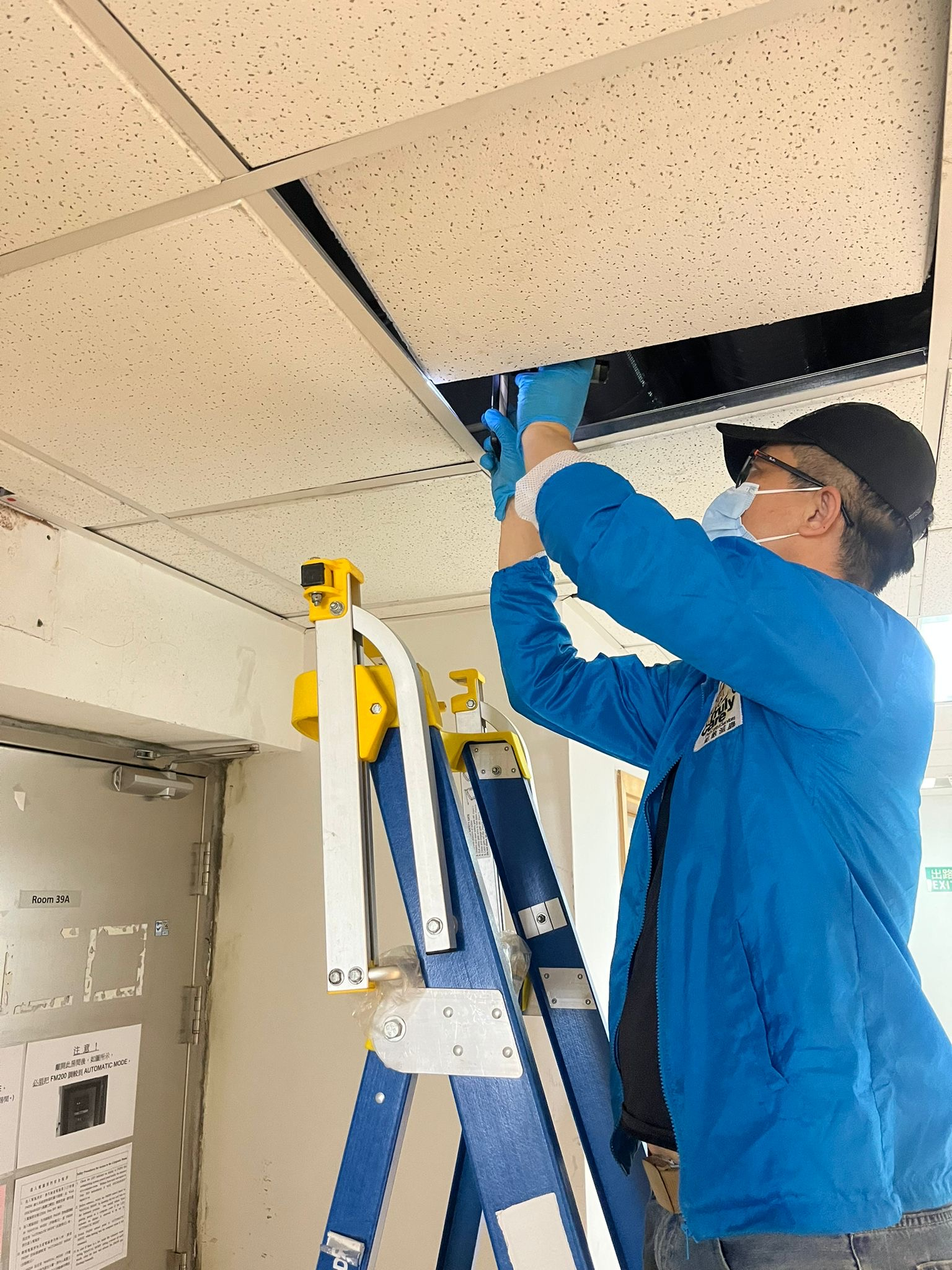
Rodent problem Hong Kong
Rats are omnivorous nocturnal mammals that live in groups. They have a keen sense of smell, touch and hearing. They are good at climbing and swimming, have high jumping ability, and have a strong memory. They can distinguish positions and act on the basis of memory. In addition, rats are extremely capable of reproduction. Female rats can give birth to about 50 pups each year. Once they find a suitable shelter, they have the opportunity to hide and multiply. Rat control is very important to prevent the spread of diseases by rats. Nearly a dozen diseases are directly related to mice, and the leptospirosis that once prevailed in Hong Kong was also spread by mice. In addition, the fur of mice may carry secondary pests such as fleas, mites, and ticks. Rats are very viable. If they enter your home or commercial premises, they will spread diseases, cause serious losses and contaminate food.
There are three main categories of mice in Hong Kong
1. House Mouse
2. Norway Rat
3. Roof Rat

6 signs of rat infestation
Rats are nocturnal animals. They usually move between dusk and dawn. They hide during the day to avoid being discovered by humans. It is much easier to spot signs of rat infestation than to spot them.
The following are some signs that can quickly identify a rat invasion, which will represent a potential rat infestation problem.
- Rat droppings-The brown rat droppings have a dark brown cone, like a grain of rice.
- Teeth marks-they need to bite wood or plastic to grind their teeth.
- Friction marks-the grease and dirt on their bodies will leave stains and black marks on the places they often touch. These marks may indicate the activities of the rats.
- Rat Hole-The Norwegian rat is a well-known digger. It digs a deep cave system as a shelter, food storage point and rat nest. You can look for caves near compost, slabs, garden sheds, or garages.
- Rat's Nest-Rats use fragile materials, such as newspaper and cloth, and other soft materials to fill the rat's nest as a nest.
- Rat footprints-dusty areas can show rodent traces and tail prints, such as attics and basements that are less exposed.

Truly Care・Rodent control methods
- Truly Care will send professional mouse control technicians to the site to inspect the site, and evaluate the severity of the damage by the mouse by looking for the walking path, feces and bite marks of the mouse.
- Make a comprehensive plan for the location of the rat station, and point out the possible passages for the rat , So that guests can repair in time.
- The company uses rat poisons registered and approved by the AFCD(HK) as bait baits. (When necessary, use the sticky mouse board to enhance the rodent control effect.)
- Check the rat station regularly during the guarantee period and report the latest rat situation to the guests. (Not applicable to one-time services)
Media coverage and our pest extermination process











